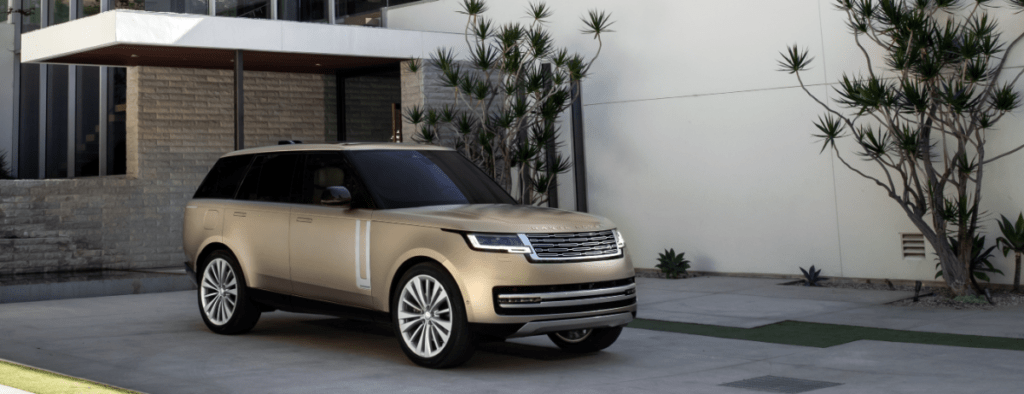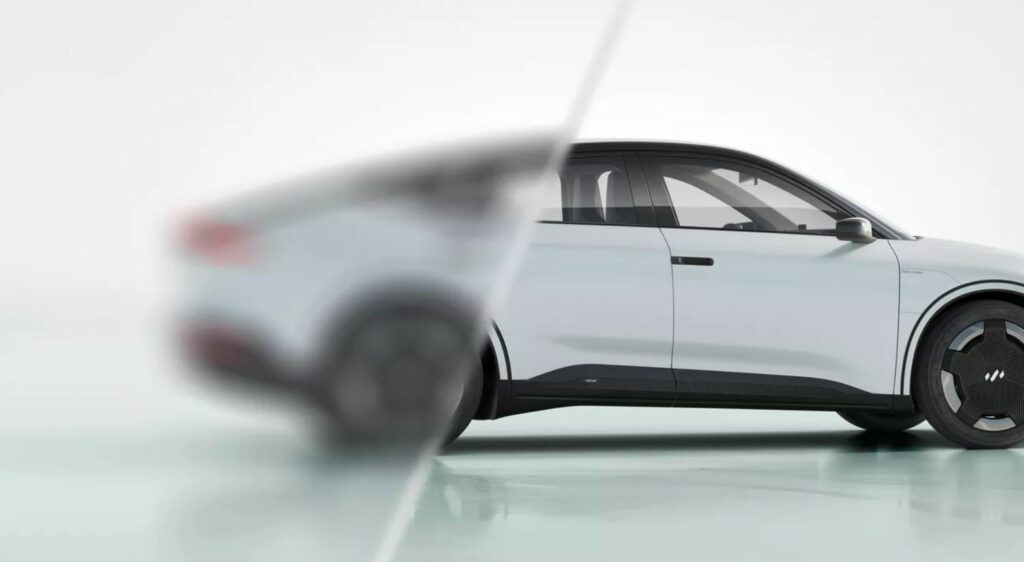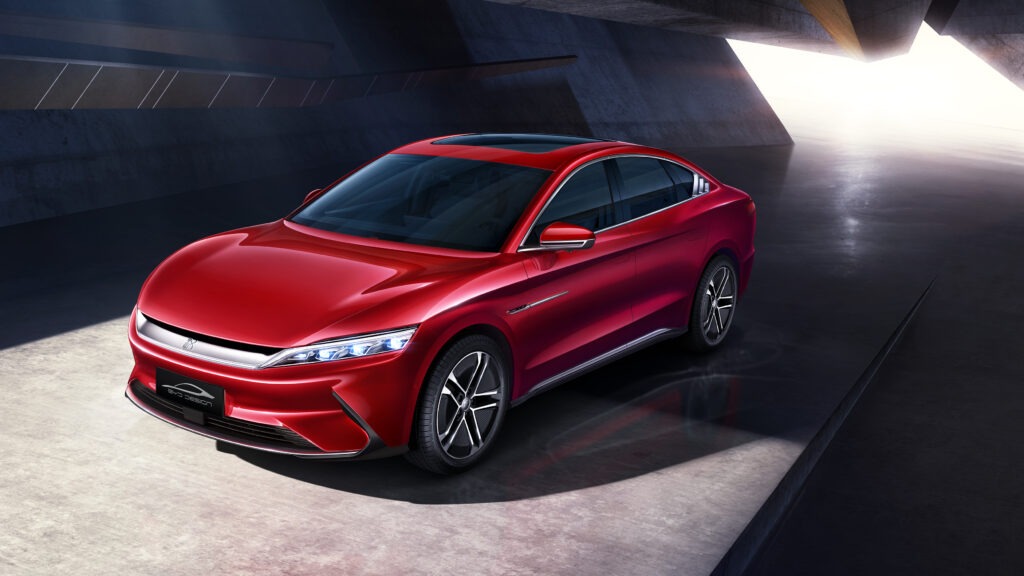Skoda sets new world records with EV ice drift
05 February 2023
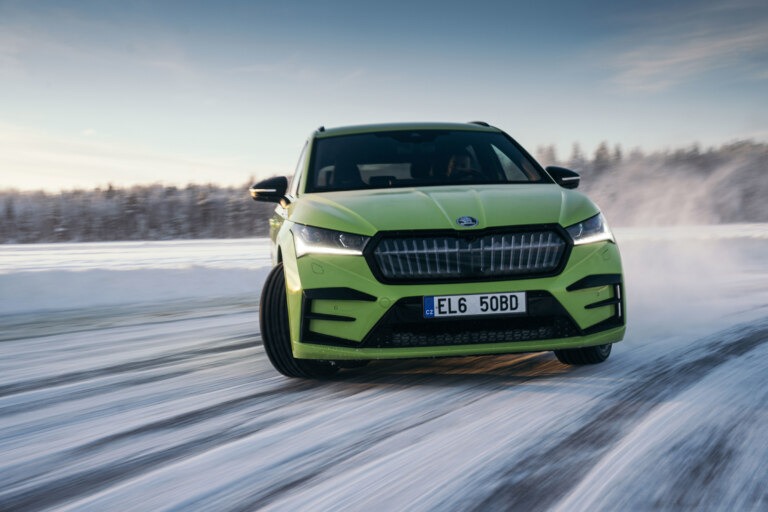
While drifting might conjure up images of modified, smoke-bellowing rear-wheel drive Japanese cars or a multi-million dollar action-movie franchise, Skoda has shifted that perception by setting a drifting world record.
The Czech company recently claimed not one, but two, Guinness World Records for the longest continuous vehicle drift on ice, and with it, the longest continuous vehicle drift on ice by an electric vehicle (EV).
Automotive journalist Richard Meaden was at the wheel of an all-electric Skoda Enyaq RS iV SUV during the double record attempt. He used a circular track with a circumference measuring nearly 190m, marked out on the frozen Stortjärnen lake near Östersund, Sweden. Over five days, and a total of 18 hours drifting, Meaden managed a record-breaking distance of 7.351km.
The car managed a controlled slide for more than 15 minutes to claim a new record for the longest continuous vehicle drift, beating the previous record of 6.231km, set by an internal-combustion engine (ICE) powered Subaru Impreza.
Genuine testing ground
Headline-grabbing events such as Skoda’s double world-record achievement are immensely useful for marketing departments and social-media traction. But by taking what is essentially a road-going EV and subjecting it to natural, adverse driving conditions, carmakers can also gain useful insights into the vehicle’s performance.
In 2018, Chinese manufacturer Nio claimed the Guinness World Record for highest altitude achieved in an electric car. A Nio ES8 climbed to a height of 5,715.28m at the Purog Kangri glacier.
German carmaker Porsche grabbed the Guinness World Record for the shortest charging time to cross the United States in an EV. Wayne Gerdes piloted his Porsche Taycan from Los Angeles, California, to New York City, covering 4,561.6km in a 2021 Porsche Taycan with a cumulative charge time of just 2 hours, 26 minutes and 48 seconds.
In 2022, Polestar headed to the Arctic Circle to embark on a 15-week winter testing programme. The premium electric brand took to the ice with a one-off heavily modified version of the Polestar 2 ‘Arctic Circle.’
Featuring an increased ride height and torque output with prototype launch control, as well as custom-made 19-inch tyres featuring 4mm metal studs, Polestar’s ‘rally’ derived car, although never intended for production, proved a useful testing bed.
The carmaker highlighted that testing in such conditions allowed it to analyse chassis dynamics at a slower pace than on tarmac, providing a closer look at how the car behaves. Polestar’s chief chassis engineer, Joakim Rydholm, described ice and snow as his ‘absolute favourite place to develop cars.’
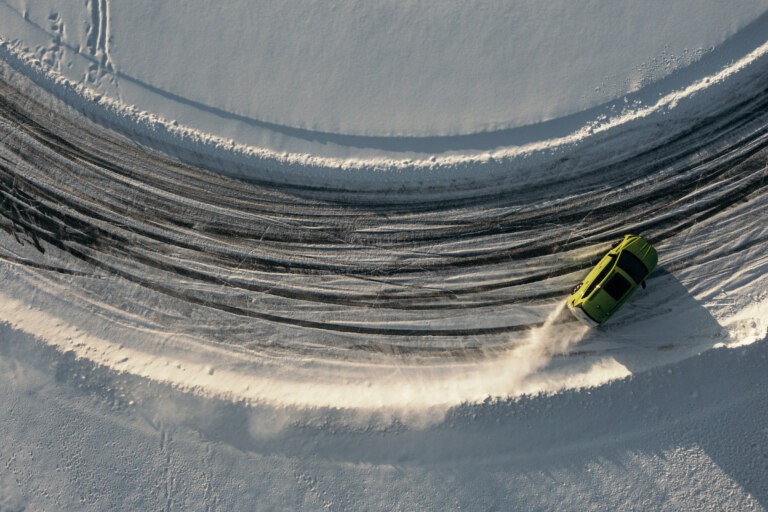
Similarly, Skoda’s double record-breaking drift possessed tangible real-world feedback for the carmaker. The fact that a standard production Enyaq RS iV SUV, equipped with studded tyres, was used, hints at a desire to gather intelligence about the car’s behaviour in more extreme conditions.
Skoda highlighted how the Enyaq RS iV SUV ‘held its own under demanding conditions,’ completing its drifting sequence 39 times during the 15 minutes and 58 seconds of its record-breaking run.
Meaden and Skoda have a history when it comes to setting automotive records. In 2011, the British driver set a new Southern Californian Timing Association (SCTA) land speed record for a two-litre forced induction production car of 365.44kph.
‘Being back behind the wheel of another record-breaking Skoda is pretty special,’ said Meaden. ‘Going from the Bonneville Salt Flats of the USA to a frozen lake in Scandinavia – setting two different records in two very different cars. I am incredibly proud to be part of a record-breaking team again 12 years on – who would have thought we would be here drifting an electric car on ice? It shows just how much the automotive world is changing, and how exciting it is too.’
